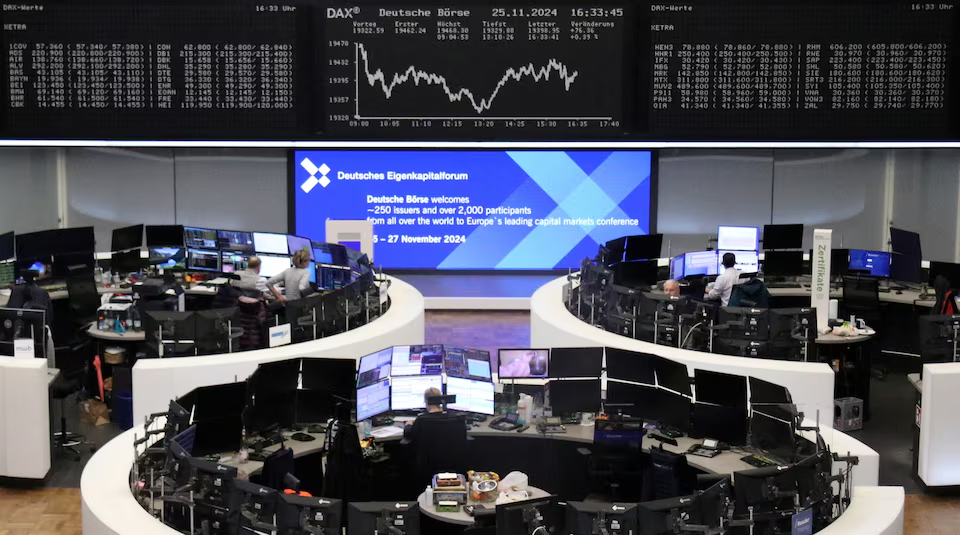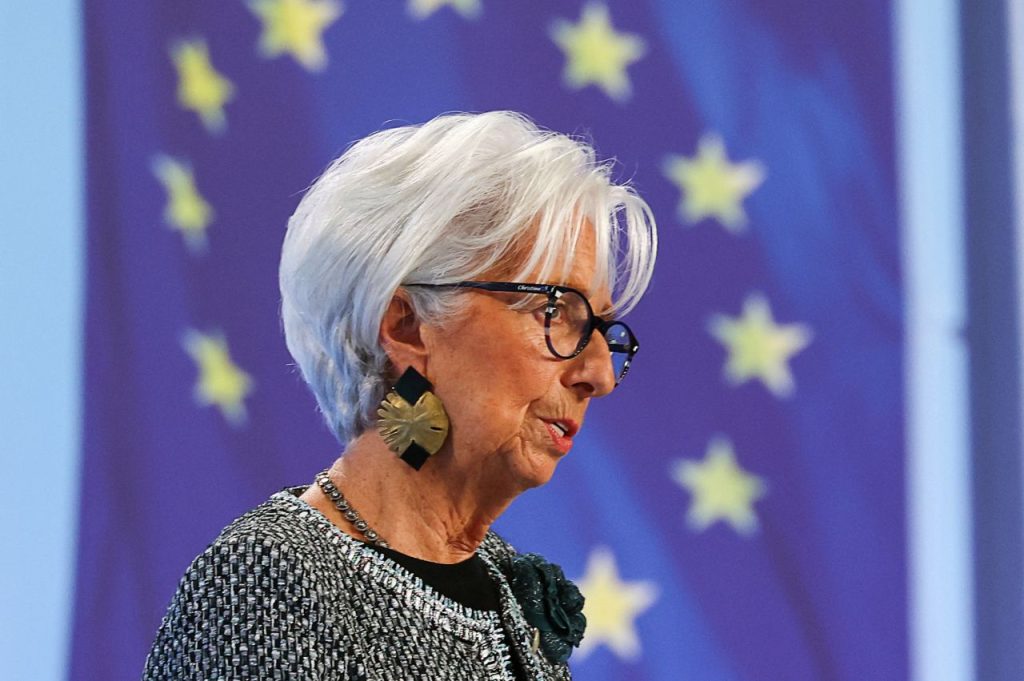Euro Rises Ahead of Important U.S. Inflation Data and Hopes for Tariff Relief

The euro experienced a notable rebound on Monday, regaining some of its recent losses ahead of crucial U.S. inflation data and hopes surrounding potential tariff relief. This uptick in the euro comes after a period of volatility, where concerns over economic challenges in Europe weighed on the currency. The market’s attention now shifts toward key economic indicators in the U.S., particularly the inflation report, which is expected to influence not only the trajectory of the U.S. Federal Reserve’s policy but also broader market sentiment globally.
Investors are eagerly awaiting the release of the U.S. Consumer Price Index (CPI), which is scheduled to be published later this week. This data will provide insight into inflationary trends in the world’s largest economy. Analysts anticipate that the report could reveal whether inflation has cooled further or if it remains stubbornly high. A cooling of inflation would likely reduce pressure on the U.S. Federal Reserve to continue its aggressive interest rate hikes, potentially providing relief to global financial markets, including the eurozone.
The European currency has also been buoyed by growing hopes of easing trade tensions between the U.S. and Europe. Speculation is building that the Biden administration may take steps to alleviate tariffs on European goods. If these tariffs were reduced or eliminated, it could offer a significant boost to the eurozone economy, enhancing trade flows and reducing costs for European exporters. This development could provide a much-needed lift to the euro, especially in light of the economic slowdown that has affected many European countries.
The backdrop for the euro’s recent struggles has been a mix of factors, including weaker-than-expected economic growth in Europe and concerns over the potential energy crisis exacerbated by the ongoing war in Ukraine. In contrast, the U.S. economy has shown more resilience, leading to a stronger dollar and putting pressure on the euro. However, the market’s focus is now shifting to the upcoming U.S. inflation report, which will be pivotal in determining the short-term direction of the currency pair.
A better-than-expected CPI report in the U.S. could prompt the dollar to strengthen once again, leading to renewed pressure on the euro. Conversely, if inflation shows signs of moderating, the euro could see further gains, particularly if the Federal Reserve signals that it will ease the pace of its interest rate hikes. The eurozone, while facing its own set of challenges, stands to benefit from a more stable global financial environment if inflation in the U.S. continues to trend lower.
In addition to the inflation data, the potential for easing tariffs has added a layer of optimism for the eurozone. If the U.S. and Europe can resolve trade tensions, it would mark a positive step toward reducing some of the economic friction between the two regions. The resolution of trade disputes could lead to a smoother economic environment, with fewer barriers to cross-border trade and investment.
The combination of these two factors—the U.S. inflation report and hopes for tariff relief—has given the euro a temporary boost. However, market participants are aware that the path ahead remains uncertain. Even if the inflation report comes in better than expected, the eurozone will still face significant economic challenges, particularly in the energy sector and in terms of long-term growth prospects.
As the week progresses, all eyes will be on the U.S. inflation data, which is set to be released on Wednesday. This report will not only have implications for the dollar and euro but will also set the tone for broader global financial markets. In the meantime, the euro will likely remain volatile, with traders adjusting their positions based on expectations for the inflation numbers and any developments regarding U.S.-Europe trade relations.
In conclusion, the euro’s rebound ahead of crucial U.S. inflation data and hopes of tariff relief reflects a complex mix of factors influencing currency markets. The outcome of the U.S. CPI report will likely play a pivotal role in shaping the euro’s near-term trajectory, while ongoing trade discussions between the U.S. and Europe could provide an additional layer of support. As always, traders and investors will be closely watching for any new developments that could further impact these dynamics.






